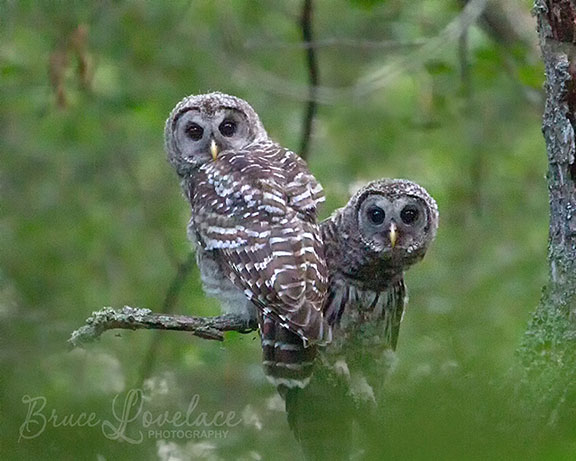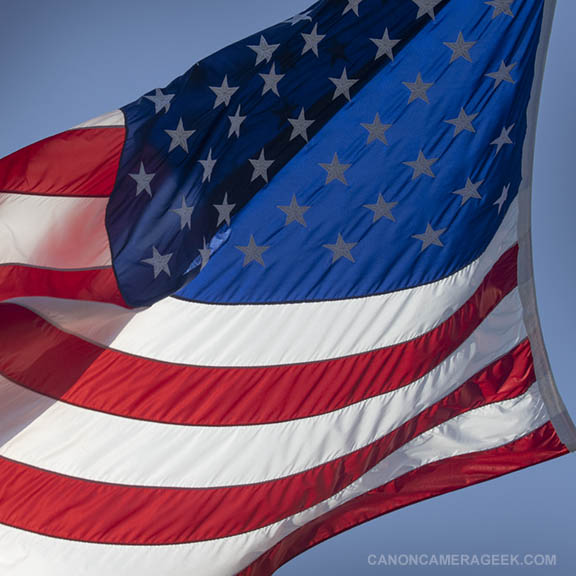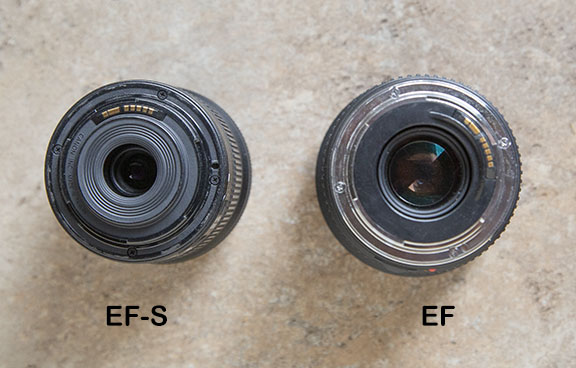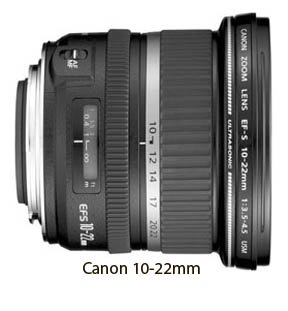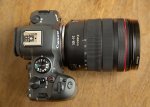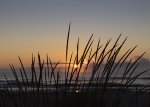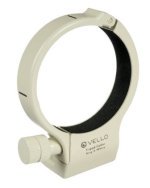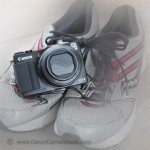canon ef-s vs ef lens comparison
If you're confused about the difference between an EF and an EF-S lens, you're not alone. A lot Canon shooter want to know the differences between EF and EF-S lenses.
It can be confusing because you CAN use the larger EF lenses on the smaller APS-C cameras. I do it all the time. This post will give you a full understanding of the EF-S vs EF lens comparison.
Canon EF-S lenses have a smaller image circle and are made to fit the smaller APS-C Canon "crop" cameras. Canon EF lenses have a larger image circle, are bigger, and are made to work with full frame APS Canons, but also work on APS-C cameras.
Look at the EF vs. EF-S comparison in the graphic below.
The EF lenses cover a 62.5% larger area and will cover the entire full frame camera sensors and will more than cover the entire surface area of the smaller APS-C cameras.
most popular canon eF and EF-S Lenses
Top 5 canon ef lenses
Canon EF 17-40mm Wide Angle
Canon EF 24-70 f/2.8
Canon EF 24-105mm F/4.0
Canon EF 70-200mm F/4.0
Canon EF 75-300mm Tele Zoom
Top 5 canon ef-s lenses
Canon EF-S 10-18 Wide Angle
Canon EF-S 18-55mm Kit Lens
Canon EF-S 18-135mm 7.5x Zoom
Canon EF-S 28mm f/2.8 Prime
Canon EF-S 60mm f/2.8 Macro
The Canon Geek website has published posts on many of the lenses mentioned above. See All Canon Lenses for a list of the posts.
As an Amazon affiliate Canon Camera Geek receives a small commission from qualifying purchases, at NO added cost to you.
pros and cons of EF and EF-S Lenses
Here are the advantages and disadvantages of the Canon EF-S and EF lenses.
One of the clear advantages of starting with an EF lens is that you can use it on either the full frame APS or smaller APS-C cameras. The disadvantage of starting with an EF-S lens is that you'd have to upgrade to a large lens should you ever upgrade from a small APS-C crop camera like I did when I first became a Canon shooter.
EF-S lenses win the price advantage. They're made with smaller diameter optics and are less expensive to manufacture. That means they're more affordable for you.
In general, most the EF lenses are made to higher quality standards for professional photographers ( particularly the "L" line of Canon lenses), who usually shoot with full frame sensor cameras. Usually, that means superior image quality too.
using an EF lens on a smaller APS-C camera
The question arises if you can use an EF lens of a APS-C camera. The answer is yes. Attaching your EF lens to a smaller sensor camera doesn't change its actual focal length. You're actually just using less of the image circle of the EF lens and getting a narrower angle of view.
The challenge that comes with that is that your angle of view may be too narrow to fit the entire subject into your composition. Below is a sample photo of an EF lens used on an APS-C camera.
You get a narrower view on an APS-C camera (like the 90D), whether you use an EF-S lens, or an EF Lens, like the 100-400mm lens that was used to take this photo of the Waving American flag.
Can you use an EF-s lens on a larger Full frame camera
Canon EF-S lenses do not work with full frame Canons. It doesn't work. The lens mount makes it impossible for you to even mount the smaller EF-S lenses onto a camera body that requires a larger EF lens.
The image circle of an EF-S lens is not big enough to cover the entire full frame sensor. If the mount did fit, you would have the corners of the sensor that would not receive any light when the shutter was opened.
EF-s lens versus ef lens video
I'm a newbie at making videos, but this video will help you get a better understand of the differences between an EF and an EF-S Lens.
angle of view comparison EF-S vs. EF
EF-S lenses don't have as wide of an angle of view relative to their focal length. Lenses, when used on a APS-C camera, "crop" into a full size image by a factor 1.6 times. You should be familiar with the term crop factor. The best way to explain this is with an example.
My Canon 70D (an APS-C camera) has that 1.6x crop factor. That means with an EF-S 10-18mm lens, it's angle of view is really equivalent to [10-18 multiplied by 1.6] or a 16-28.8mm angle of view on a non-crop, full frame camera.
Here's a full explanation of crop factor published on my sister site.
how to tell the difference between EF-S and EF Lenses
There are 3 ways to tell the difference between the EF and EF-S lenses. First, just look at the overall size difference between the EF-S and EF lenses. Second, just read the printed writing on the lens itself.
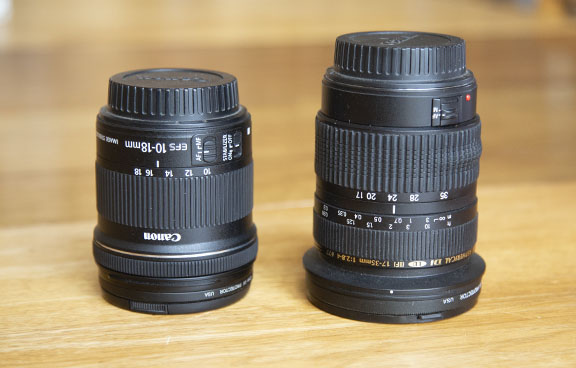 The Canon EF-S 10-18mm on the left, when attached to a APS-C crop camera gives almost the exact same angle of view as the EF 17-35mm lens on a full frame camera.
The Canon EF-S 10-18mm on the left, when attached to a APS-C crop camera gives almost the exact same angle of view as the EF 17-35mm lens on a full frame camera.Finally, you can look at the size of the opening on the camera end of the lens. The EF lenses have much bigger internal diameter and lens opening near the camera.
As an Amazon affiliate Canon Camera Geek receives a small commission from qualifying purchases, at NO added cost to you.
how to remember the EF vs. EF-S designation
TO HELP YOU REMEMBER WHICH LENS TYPE IS WHICH, THINK OF THE EF-S WITH THE S AS SMALL.
TO HELP YOU REMEMBER WHICH CAMERA TYPE IS WHICH, THINK OF THE APS-C WITH THE C MEANING CROP.
I hope you found this explanation of Canon EF and EF-S lenses helpful. Use the search box below to find other posts about Canon gear or check out the list of related Canon lens articles below my signature. Have a blast by shooting your Canon.
Search for articles on this Site:


Bruce Lovelace is the publisher of Canon Camera Geek. Read more about him on the About Page. He also publishes how to articles and camera gear reviews at the Photography Tips website.
View some of Bruce's photos on Instagram and Flickr. Join the tribe of followers on YouTube. Bruce also runs photo workshops and provides 1 on 1 digital photography coaching.
Recent Articles
-
My Review of The 10 Best Canon R6 Mark II Features That Impressed Me
Apr 12, 25 08:51 AM
Beyond the Pixel: Discover the Game-Changing Features That Make the Canon R6 Mark II a Must Have Camera -
Canon RF 24-105 Lens Comparison. Guide To Which One Is Right For You
Apr 07, 25 12:47 PM
Which is the best of the 3 versions of the Canon RF 24-105mm Lens for Canon mirrorless cameras? What's The 24-105 Lens Good For -
3 Better Alternatives to Camera Bags From Canon. Helpful Guide To Bags
Apr 03, 25 11:51 AM
After searching for the top best selling Canon bags, I found 3 better alternatives to camera bags from Canon -
Canon 70-200 2.8 Tripod Collar. Article and Video of The Advantages
Apr 03, 25 11:02 AM
Some call it an optional accessory. I say a canon 70-200 2.8 tripod collar is a necessity when using this lens on a tripod or monopod. -
Running With The G1X Mark II, Acting Like a Kid, You Should Try This
Apr 03, 25 10:31 AM
Ever get a new "toy" and want to just play? I did.Got my new Canon compact camera. Went running with the G1x Mark II
This page may contain affiliate links that pay me a small commission. There is no cost to you. Review the affiliate statement at the very bottom of this page if you want more information.

